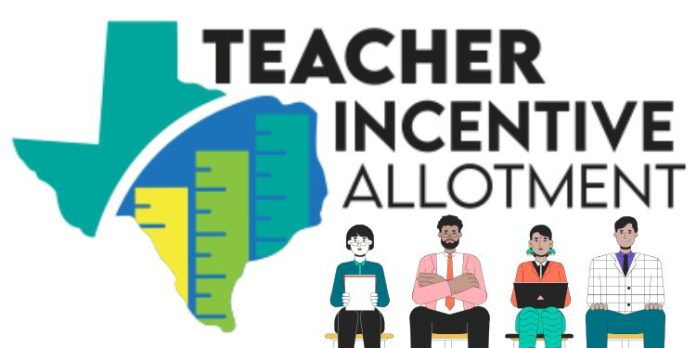SAISD’s Teacher Incentive Program Thrives Amid Statewide School Choice Debate
San Antonio ISD (SAISD) has been a trailblazer in the state’s Teacher Incentive Allotment (TIA) program, offering its educators multiple avenues to earn state stipends. Unlike many other districts, SAISD ensures that teachers in STAAR-tested subjects, special education, and elective courses like Fine Arts have access to financial incentives—covering an impressive 98% of its teaching staff.
Since joining the program, SAISD’s designated educator cohort has steadily grown. This year, 197 additional teachers are now earning stipends ranging from $3,000 to $26,000, adding to the 730 educators already approved by the Texas Education Agency since the district first started participating.
However, recent legislative developments have introduced uncertainty into the future of public school funding. The Texas Legislature is advancing Senate Bill 2, a significant school choice initiative that proposes allocating $1 billion to provide families with $10,000 per student for private school tuition through education savings accounts. Governor Greg Abbott has been a vocal advocate, stating, “Government-mandated schools cannot meet the unique needs of every student. But Texas can provide families with choices to meet those needs.”
Critics argue that diverting public funds to private education could undermine public schools’ financial stability. Deborah Beck, in a recent opinion piece, contends that such measures “divert essential funds from public schools, exacerbating the already insufficient state investment in public education.” 
This shift raises concerns about the sustainability of programs like the TIA, which rely on state grants. If public school budgets are reduced due to funds being redirected to private institutions, districts like SAISD may face challenges in maintaining these incentive programs. The potential decrease in funding could impact teacher retention and the district’s ability to attract quality educators.
As the school choice bill progresses, many parents and educators are apprehensive about the future functionality of public schools and the viability of state-funded teacher incentives. The coming months will be crucial in determining how these legislative changes will affect districts committed to supporting and rewarding their educators.








